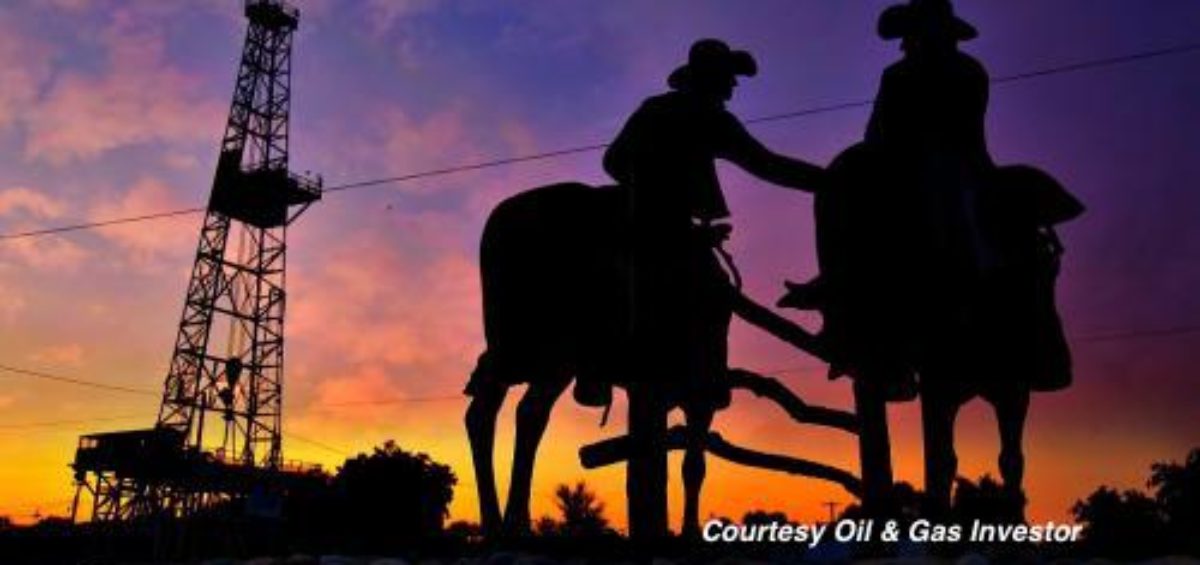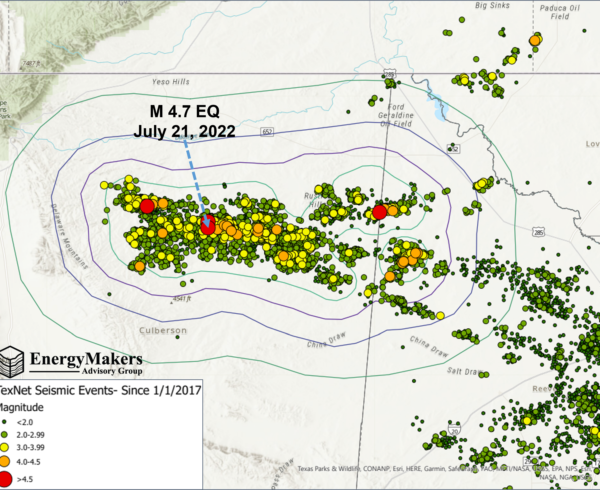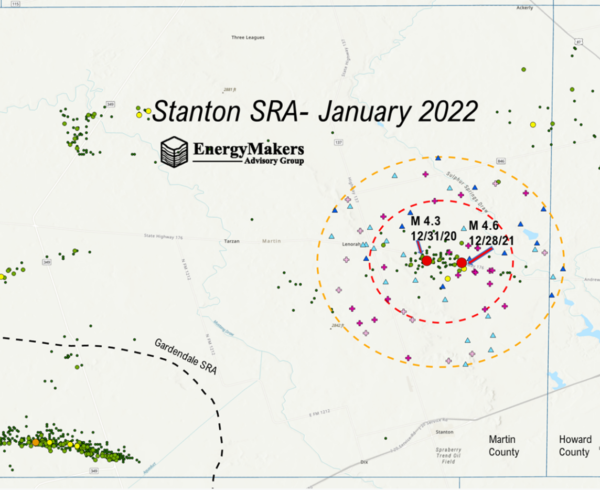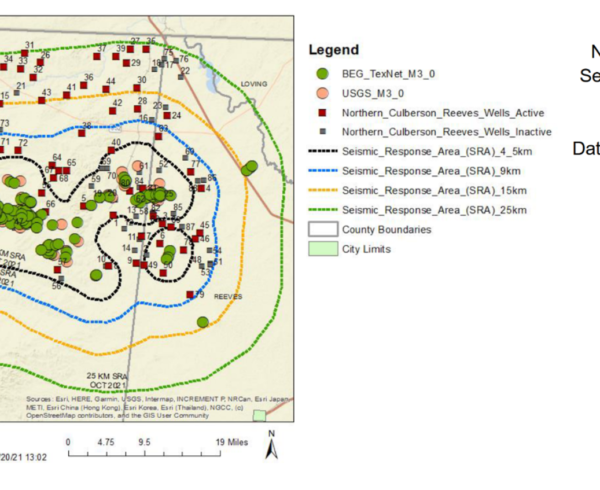Constrained water disposal capacity in some key hydrocarbon producing areas of Oklahoma is making for some complicated water logistics, leading producers to get creative in how to reduce their disposal volumes. EnergyMakers Advisory Group’s Laura Capper shared this, and other, insights in the Feb 2019 issue of The Oil and Gas Investor.
In a feature article highlighting water woes in Oklahoma’s Scoop, Stack and Merge plays, Capper points to limited alternatives for economic water disposal in the region as a factor in the recent upswing in adoption of recycling. Another reason recycling is on an upswing is industry’s shift toward using brackish water (requiring treatment) instead of fresh water for completions. And thanks to the move back to more “forgiving” slickwater fracturing, operators can reuse water that hasn’t gone through a complicated and expensive recycling process to reach the required level of purity.
Capper is quick to point out that long-term challenges remain, such as the dilemma of how to manage the growing volumes of salt left over from some recycling processes. There is also a critical need to educate the public at large on the viability of pipelines and layflat hose as safer, less expensive alternatives to hauling water in trucks. These challenges are not unique to Oklahoma, but are present in several other high-activity producing states.
In the article, Capper also discusses the continuing analysis of seismic activity and water injection in saltwater disposal wells in Oklahoma, and points to signs that the industry’s mitigating strategies appear to be working. This topic is the focus of much analysis and discussion in EnergyMakers’ comprehensive Underground Injection Risk Report and its new Data-on-Demand service.








